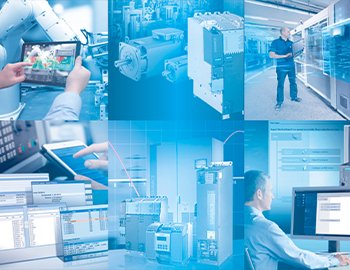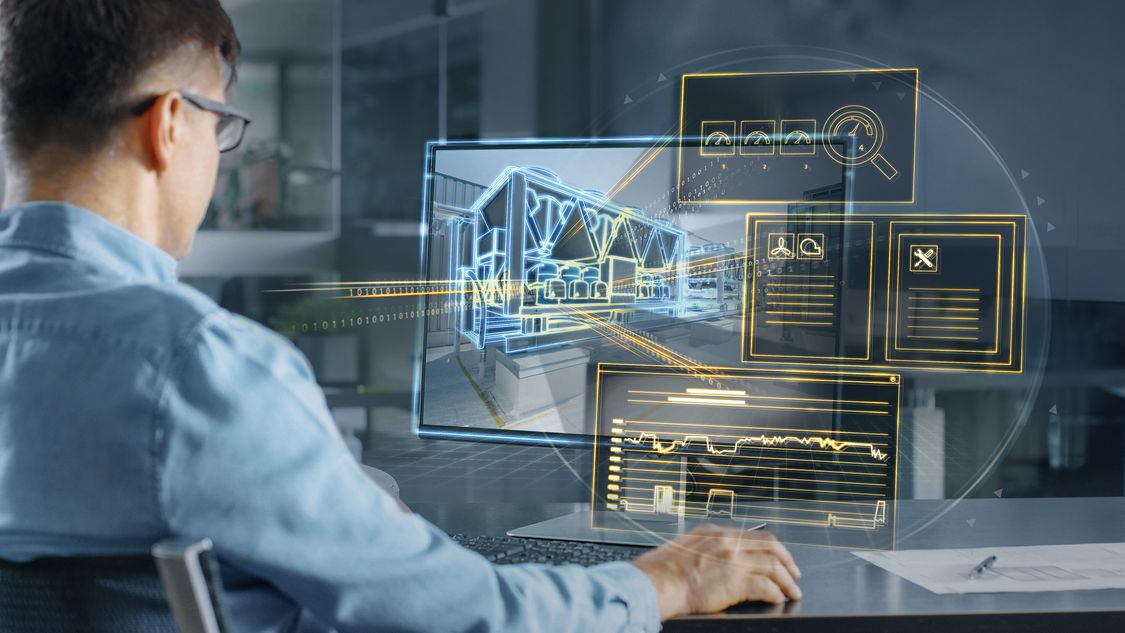IoT in the Energy Industry: Generation, Transmission and Consumption


Working hand in hand with technologies like blockchain and machine learning, it is changing everything, from the way we order groceries, to the way we maintain machines and equipment. The applications of IoT cut across all fields and industries. From utility management and transportation to education and agriculture, helping businesses to deliver more value to clients, reduce their expenditures and ultimately increase their profit margin, thus, it is understandable that almost all forward-thinking firms now have IoT strategies to grow their business. However, for folks who are new to this, and working in sectors of the economy that are not directly related to technology, it could all be a lot to wrap your head around. So, over the next few articles, I will be sharing about how IoT is transforming diverse industries, one industry after the other. This will involve use cases, current industry trends and future applications with the aim of providing useful insight to all seeking to deploy IoT based solutions.
Transforming Energy Consumption with IoT
Consumption is by far the section of the energy cycle where IoT has had the most impact. It started with AMR based (semi) smart meters and thermostats and has evolved to Smart electricity meters that predicts consumption pattern and with your permission control the supply of power to certain power-hungry equipment during peak time when power is expensive. Web-connected lightings that know when no one is home automatically switches off the lights that were left on.
Some of the important opportunities IoT is enabling on the consumer side of energy are discussed below.
- Smart Decision Making
IoT is helping consumers save-cost and make smart decisions about their power usage. Data from smart meters are sent to mobile app through which consumers can access how much power has been consumed, how much more they can afford to consume based on their budget and take steps to tune consumptions accordingly. Consumers can turn off the supply of power to certain appliances and set conditions under which other appliances come on. With this, they are able to eradicate waste and optimize their consumption.
- Access to Dynamic Billing and flexible Tariffs
As mentioned above, IoT has created a plethora of business models that have increased the availability and affordability of energy and the biggest beneficiaries are the consumers who now have access to divers plans and tariffs to subscribe to for constant and affordable power supply.
- New Power Solutions
Alongside new business models are new IoT based power solutions that facilitate monitoring, low scale generation, and storage of power for consumers. We are gradually moving closer to a future where consumers can choose to buy power during periods when the tariffs are low and use during peak periods when tariffs are expected to be high.
- Reduced Downtime
New line of smart meters, enabled for two-way communication between the distribution station and consumer, are being deployed in developed countries. These meters send downtime notifications and other critical operation information to utility agencies. Utility agencies can act on this data and respond more quickly to outages due to faults and other factors. The meters also provide real-time data (Load forecasting) that helps the grid adjust power distribution as a result of variation in peak time across different areas.
- Sale of Power to the Grid
IoT is enabling technologies that could help small homes sell excess energy generated from sources like solar panels and wind plants to the Grid. With technologies like “Vehicle to Grid”, even Electric cars could start contributing excess, unused energy to the grid.
Each of the applications mentioned above represents opportunities for entrepreneurs and utilities to deliver additional value to customers and the combination of all these applications will certainly help make energy cleaner, cheaper, more available and sustainable.

